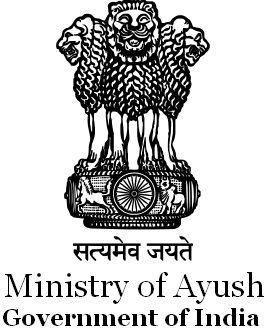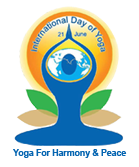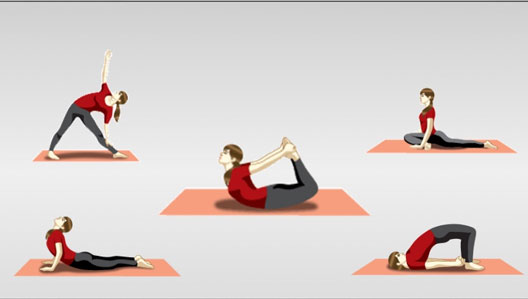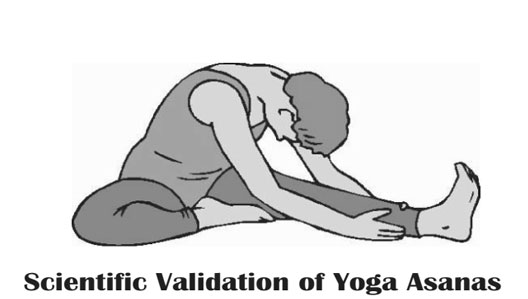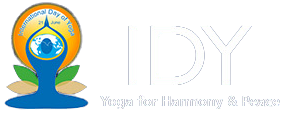Yoga for Epilepsy
2020-06-02

Definition: A neurological disorder characterized by sudden and recurrent episodes of sensory disturbance, loss of consciousness, or convulsions, associated with abnormal electrical activity in the brain.
Problem: In India there are around 10 million people who suffer from epilepsy, contributing to one-sixth of the global burden. Many individuals with active epilepsy are not adequately treated, resulting in a major treatment gap.
Risk factors and Cause: The exact cause for epilepsy in most cases is unknown. Some cases occur as a result of brain injury, stroke, brain tumors, infections of the brain, genetic influence, and developmental disorders.
Complications: A seizure at times can lead to circumstances that are dangerous to you and to others. This includes falling, drowning, car accidents, pregnancy complications, emotional health issues, and sudden unexpected death in epilepsy.
Goal of Yoga Intervention: Yoga may induce relaxation and reduce stress by influencing the autonomic nervous system and the electrical activity and neuronal discharges from various parts of the brain, thereby controlling seizures. Stress is speed of thoughts according to yoga and yoga works by slowing down the speed.
Rationale for Yoga intervention: There is an assortment of medications available to help people control seizures. About 25-40% of individuals who got treatment even with multiple antiepileptic drugs (AED) have uncontrolled seizures. They also encounter detrimental impact from medications, suffer from stigmatization, and have a larger degree of psychiatric manifestations in contrast to people with different illnesses(1). Besides, numerous people with active epilepsy do not receive appropriate treatment for their condition, leading to a large treatment gap. In India, a considerable number of patients with epilepsy look for alternative therapies due to gaps in the delivery of modern healthcare to rural and some urban areas, socioeconomic challenges, poor social supportive network, difficulties in drug availability, compliance and lack of awareness(2). Controlled breathing, meditation, and gentle yoga postures aid to reduce stress, a well-recognized trigger of epilepsy seizures. Literature suggest yoga could be an add-on therapy for epilepsy(1). The rationale for yoga intervention included practices that increase stimulation followed by relaxation.
Five major yoga practices: Breath awareness relaxation, Asanas with awareness and slowness, Nadishodana at a ratio of 1:1 without holding the breath, Brahmari, and relaxation techniques.
Evidence for using Yoga in Epilepsy:
The benefits of yoga have reached out to a majority of patients in recent decades. It has been found that individuals who practiced yoga had a significant reduction in seizure recurrence and also dosage requirements of Anti-epileptic drugs including their side effects(3). Yoga stimulates the vagus nerve and decreases seizure frequency by 28-38% by modulating the brain waves, limbic system, and autonomic nervous system activity (4). Yoga is also attributed to a reduction in the level of stress as evidenced by changes in skin resistance, levels of blood lactate, and urinary vanillylmandelic acid (1). These results indicate a substantial improvement in the clinical-electrographic picture of epilepsy patients.
Avoid: Headstand and Hyperventilation.It is very unlikely that certain practices could cause a seizure.
Precautions:
Practices to be done should be slow paced and not overexerted. Always consult a Yoga and Naturopathy Physician or a doctor before starting the practice. Triggers for seizure vary greatly, they can be related to the stress of a new environment, sensory stimulation like bright lights, low blood sugar right before lunchtime, not enough sleep the night before, or the menstrual cycle(5). Try to avoid such stimulus before and during practice.
Conclusion: Yoga is a basic way to maintain both physical and emotional well-being. Yoga therapy have turned out to be progressively prominent in the last two decades. Strong evidence suggests that a large proportion of people with Epilepsy are getting benefited with yoga. Therefore, yoga can be considered as a addon intervention that improves the Quality of Life. Regardless of methodological drawbacks of the studies, yoga could be considered as an adjuvant treatment option for patients suffering from epilepsy.
References:
- Panebianco M, Sridharan K, Ramaratnam S. Yoga for epilepsy. Cochrane Database Syst Rev. 2017;2017(10).
- McElroy-Cox C. Alternative approaches to epilepsy treatment. Curr Neurol Neurosci Rep. 2009;9(4):313–8.
- Naveen GH, Sinha S, Girish N, Taly AB, Varambally S, Gangadhar BN. Yoga and epilepsy: What do patients perceive? Indian J Psychiatry [Internet]. 2013 Jul;55(Suppl 3):S390-3. Available from: http://www.ncbi.nlm.nih.gov/pubmed/24049205
- Sathyaprabha TN, Satishchandra P, Pradhan C, Sinha S, Kaveri B, Thennarasu K, et al. Modulation of cardiac autonomic balance with adjuvant yoga therapy in patients with refractory epilepsy. Epilepsy Behav [Internet]. 2008 Feb;12(2):245–52. Available from: http://www.ncbi.nlm.nih.gov/pubmed/18024208
- Ram Jain (E-RYT 500) AYA. Yoga & Epilepsy – What a Yoga Teacher Should Know. Available from: https://www.arhantayoga.org/blog/yoga-poses-epilepsy/

